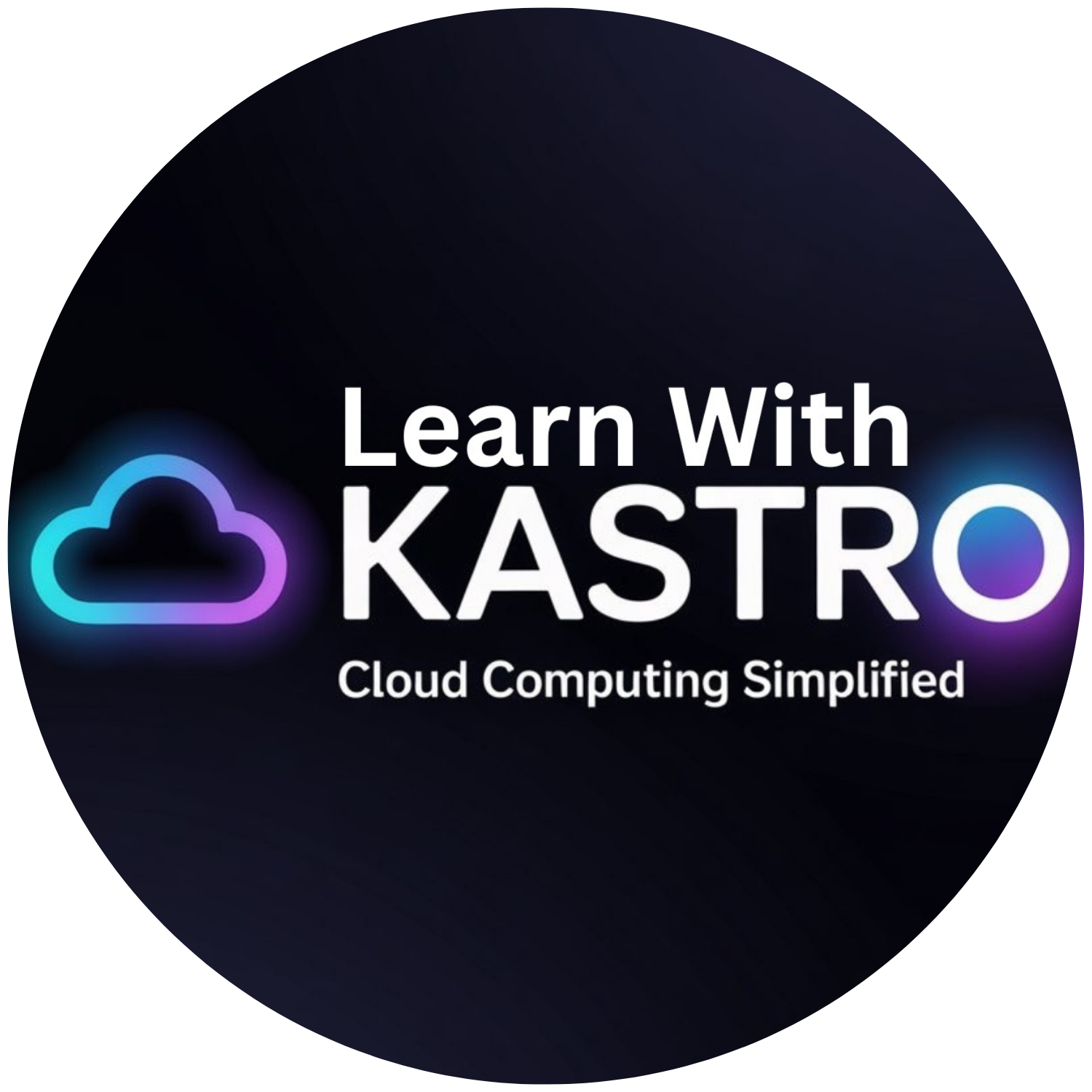What is Cloud Computing?
Cloud computing is the on-demand delivery of IT resources such as servers, storage, databases, networking, and software over the internet (“the cloud”). Instead of owning physical hardware, businesses can rent these resources and pay only for what they use. This approach makes computing more scalable, cost-effective, and flexible compared to traditional infrastructure.
Major Cloud Service Providers
Several companies lead the global cloud market by offering a wide range of services:
Alibaba Cloud: Leading provider in Asia with strong presence in e-commerce and retail sectors.
Amazon Web Services (AWS): Market leader with services across computing, storage, databases, AI, and more.
Microsoft Azure: Strong in hybrid cloud and enterprise integrations.
Google Cloud Platform (GCP): Popular for data analytics, AI/ML, and open-source tools.
IBM Cloud & Oracle Cloud: Known for enterprise and database-focused solutions.
Cloud Deployment Models
Cloud services can be deployed in different ways depending on business needs:
Helps avoid vendor lock-in and improves reliability.
Public Cloud
Owned and operated by third-party providers (e.g., AWS, Azure).
Cost-effective and scalable, but resources are shared.
Private Cloud
Dedicated infrastructure for a single organization.
Offers more control and security but is expensive.
Hybrid Cloud
Combines public and private clouds.
Enables flexibility by running sensitive workloads on private cloud and scaling others on public cloud.
Multi-Cloud
Use of multiple cloud providers.

